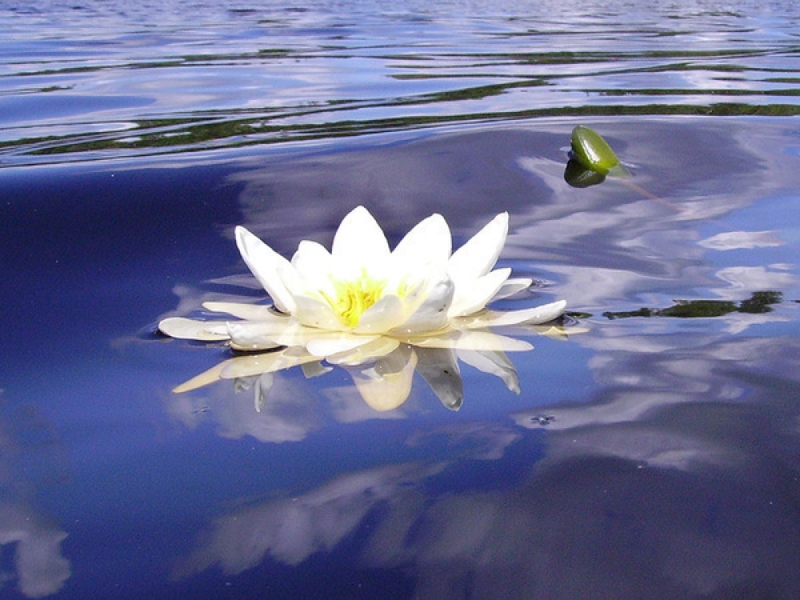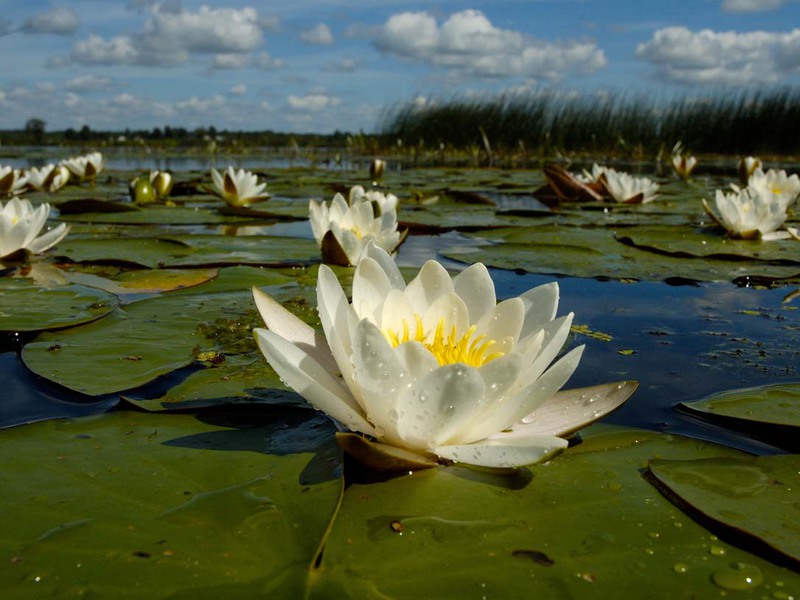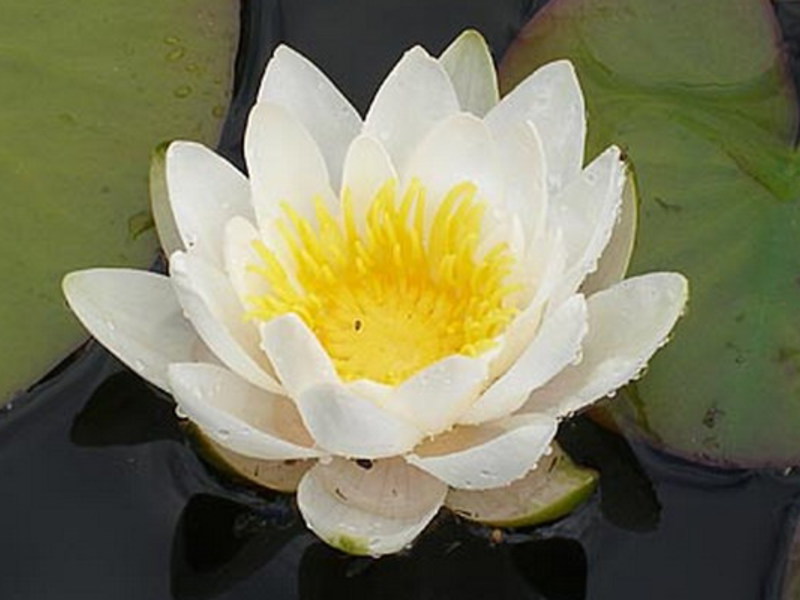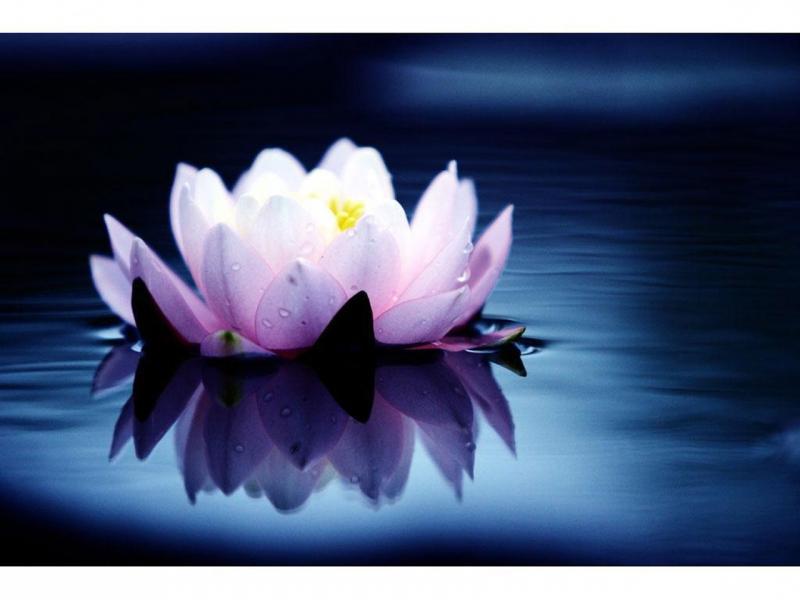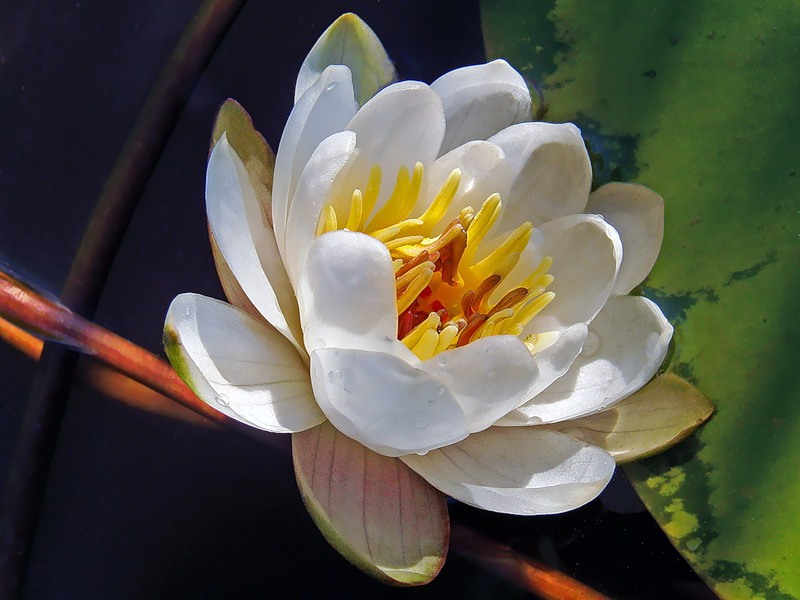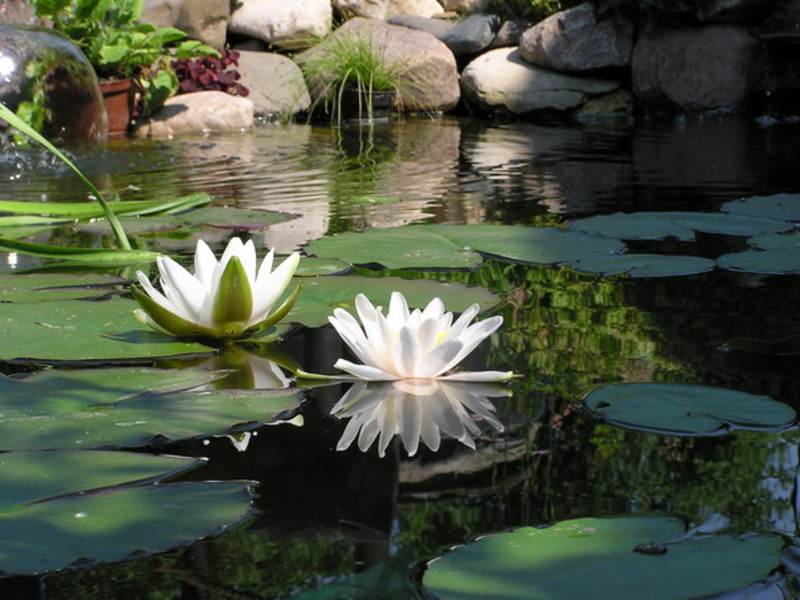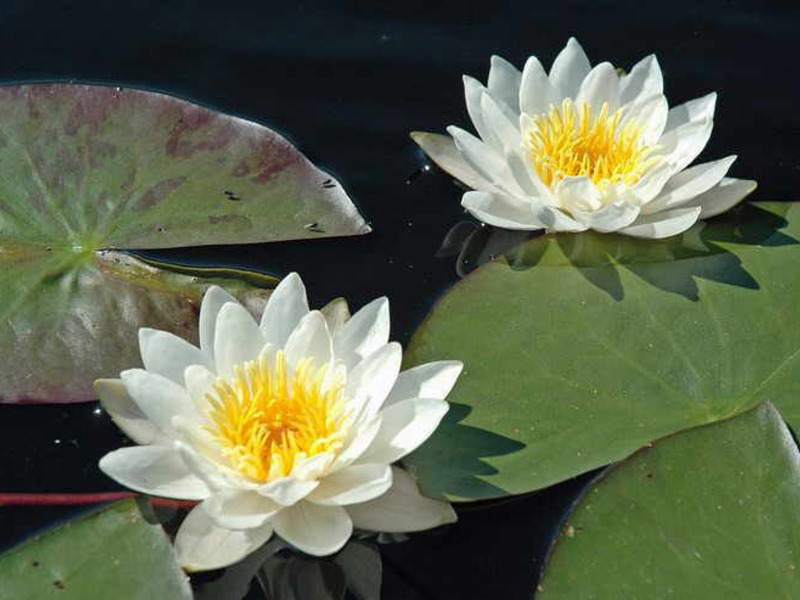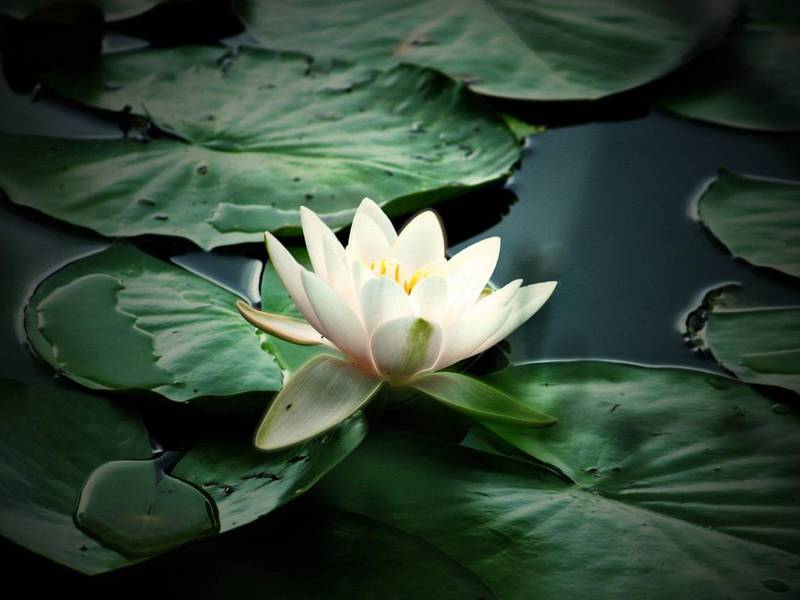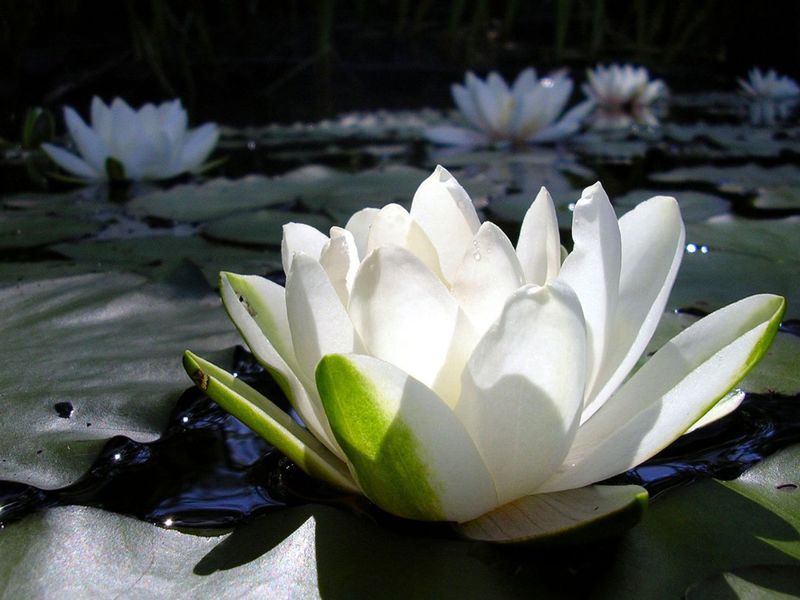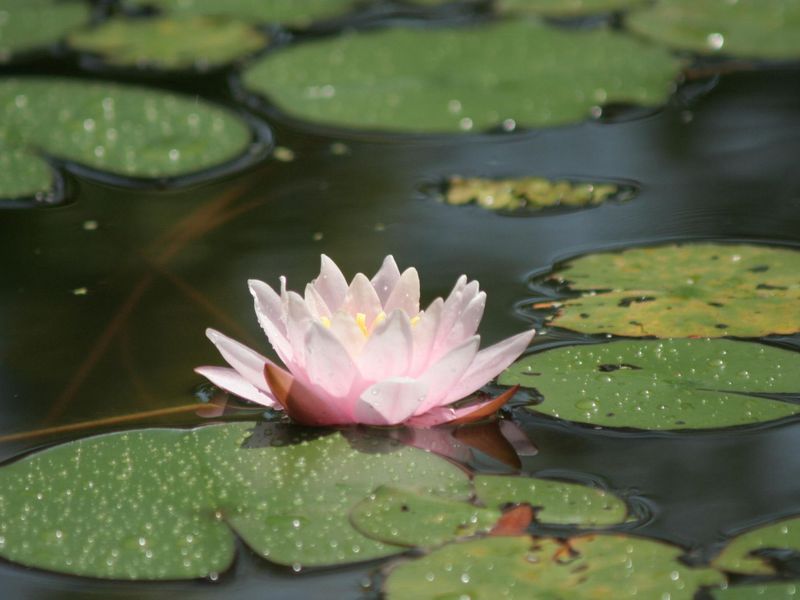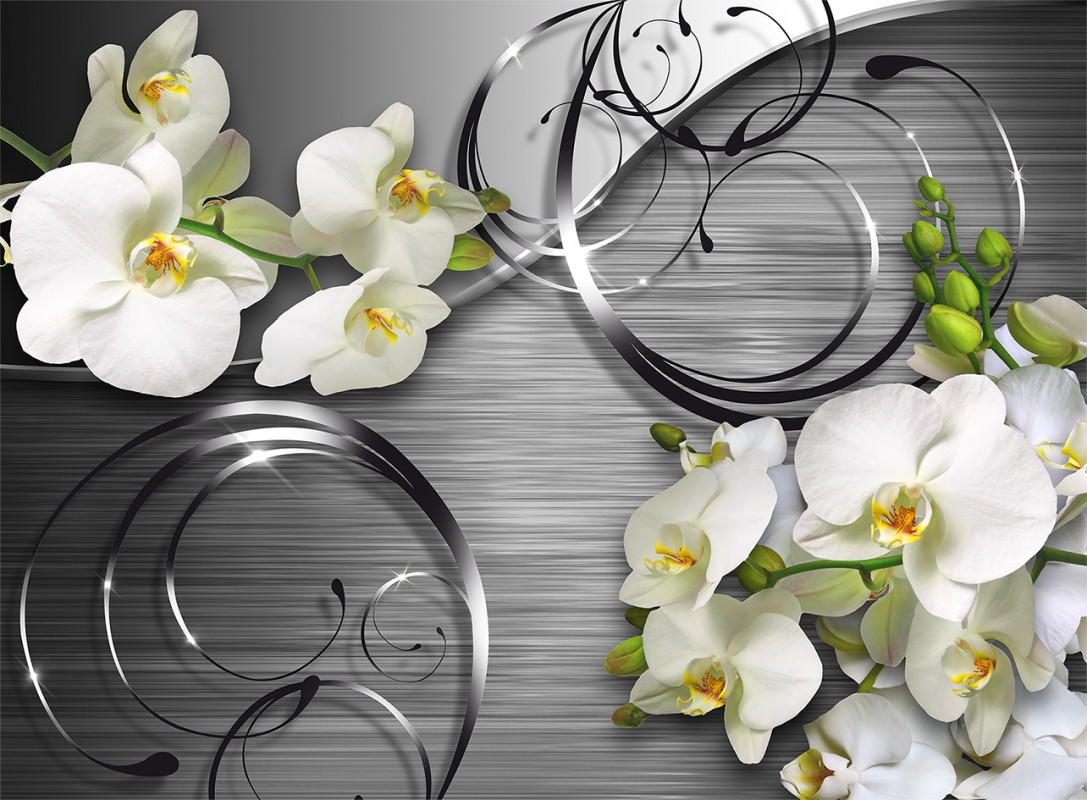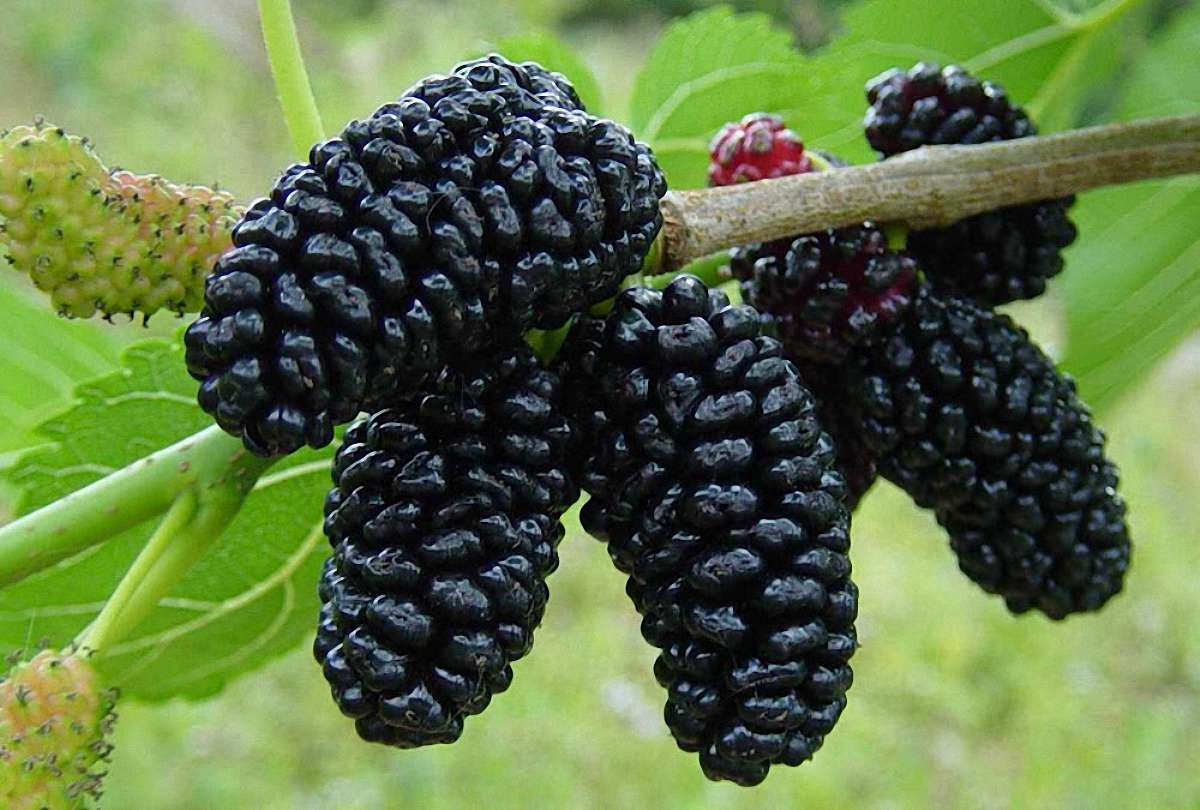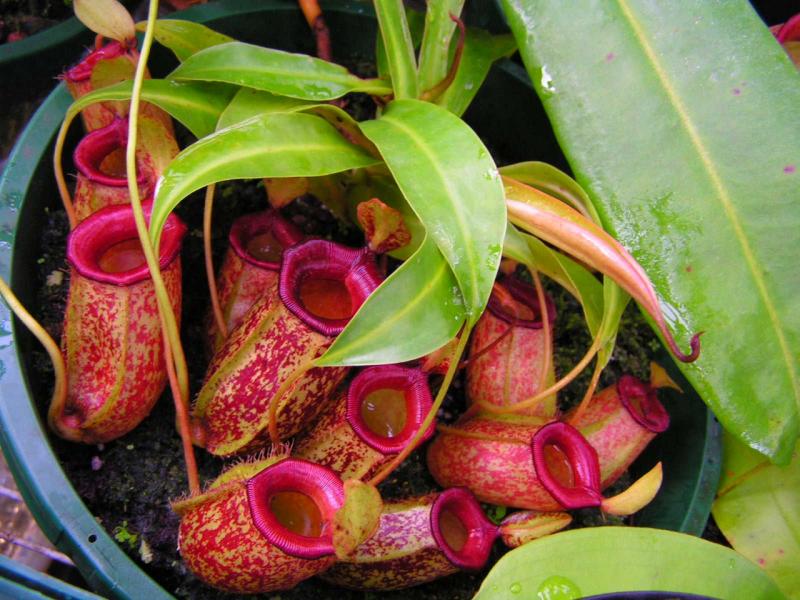Water lilies, or nymphs, are aquatic plants from the genus of perennial herbaceous plants. They belong to the water lily or nymphae family. The genus of these plants is widespread in the temperate and tropical zones of the northern and southern hemisphere. Species that bloom especially beautifully are used for cultural purposes.
Water lily features
In the family is about fifty speciesthat grow in places with running water, but a slow current. Water lilies are very widespread, from the tropic-equatorial latitudes to the forest-tundra belt. There are species that winter in freezing waters.
If you look at the water lily in the photographs, you will see that their stems are powerful rhizomes that can be immersed in the ground horizontally or look like a tuber. A large number of anchor roots go down from the tuber or rhizome nodes, which, in turn, hold the water lily in the substrate, and leaves and flower stalks grow towards the surface.
There are big differences between underwater leaves and those that float on the surface. In underwater leaves, the form is broadly lanceolate, filmy and has the form of a cap, which serves to hide the buds and developing emerging leaves. The surface of the plant appears on the surface only in the summer. Emergent leaves are heart-shaped, round or elliptical, with a pronounced basal notch and a dense, leathery surface. The size depends on the species and variety. The color is also varied - green, reddish-burgundy and even variegated, due to which the popularity of using them for decoration is growing.
All vegetative parts of the plant are many channels with air... This allows the water lily to both breathe and stay afloat. In addition, the canals contain many sclereid cells. It is still not known for certain what they are intended for. Some say that snails do not eat the plant, others that strengthen the tissues of the water lily to prevent damage.
Blooming nymphs
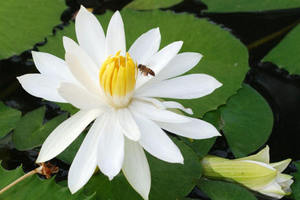 Water lilies bloom at different times, depending on the place of growth. Pictures that are common on the Internet give an idea of the beauty of blooming water lilies. Northern plants bloom in early summerand the southern ones at the end of spring. All nymphs have an interesting feature, they close their flowers in the evening or morning and submerge them under water.
Water lilies bloom at different times, depending on the place of growth. Pictures that are common on the Internet give an idea of the beauty of blooming water lilies. Northern plants bloom in early summerand the southern ones at the end of spring. All nymphs have an interesting feature, they close their flowers in the evening or morning and submerge them under water.
In inclement weather, they may not appear at all on the surface. The flower of the water lily (as it is popularly called) has a regular symmetrical shape and grows singly. This can be clearly seen in the pictures. It has a long flexible peduncle and a double perianth. The size ranges from three to thirty centimeters, depending on the species. The flower exudes a strong scent that attracts insects.
Reproduction of a white water lily
Flower reproduction is unique and happens as follows:
- The pollinated flower sinks to the bottom, where the berry-like multi-seeded leaflet fruit ripens.
- It contains about one and a half thousand small, black seeds, which, after the berry is destroyed, rush to the surface, since they have a mucous membrane and special floats.
- For some time, they stay on the surface of the water, where they are carried by the current or, eaten by birds and fish because of their similarity to caviar.
- The surviving seeds germinate, sinking to the bottom.
It is worth noting that seed reproduction is not the only and far from the main way of nymph reproduction. They mainly reproduce by rhizomes.
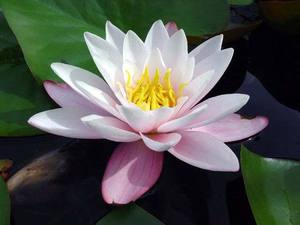 Types of water lilies:
Types of water lilies:
- White.
- Yellow.
- Red.
- Gold.
- Water lily "Victoria".
White water lily
The white water lily (see the photo in the gallery) is one of the few winter-hardy nymphs. Under natural conditions, it grows on the territory of open European, Asian and African water bodies... The leaves of the white flower are large, up to thirty centimeters, of a dark green hue and milky white flowers, with a slight aroma and up to fifteen centimeters in diameter.
Snow-white nymphea (pictures below) - grows in the region of central Russia, strongly resembles the species described above. The differences are in the shape of the leaf and the slightly smaller flower, but with a strong aroma.
Planting and fertilizing nymphs
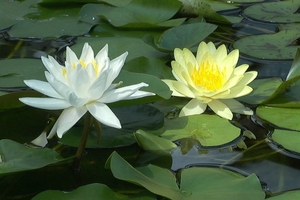 The best time to plant water lilies is early May, all summer and all September... It is permissible to plant a flower directly into the substrate at the bottom of the reservoir, and in small tanks it is very convenient to plant it in containers. With such a planting, it is easier to replant or clean up for the winter. Planting is best done in low, wide containers with drainage slots.
The best time to plant water lilies is early May, all summer and all September... It is permissible to plant a flower directly into the substrate at the bottom of the reservoir, and in small tanks it is very convenient to plant it in containers. With such a planting, it is easier to replant or clean up for the winter. Planting is best done in low, wide containers with drainage slots.
When planting water lilies sludge is used, taken at the bottom of any body of water, although this does not play a big role. Old compost mixed with coarse sand and garden soil is more effective. The fertilizer is bone meal, which is usually mixed with soil to prevent it from being washed away with water. Although in this case it quickly turns into minerals, it dissolves in water and eventually leads to its bloom. The ideal option is to mix fertilizer with clay and place it under the rhizomes.
